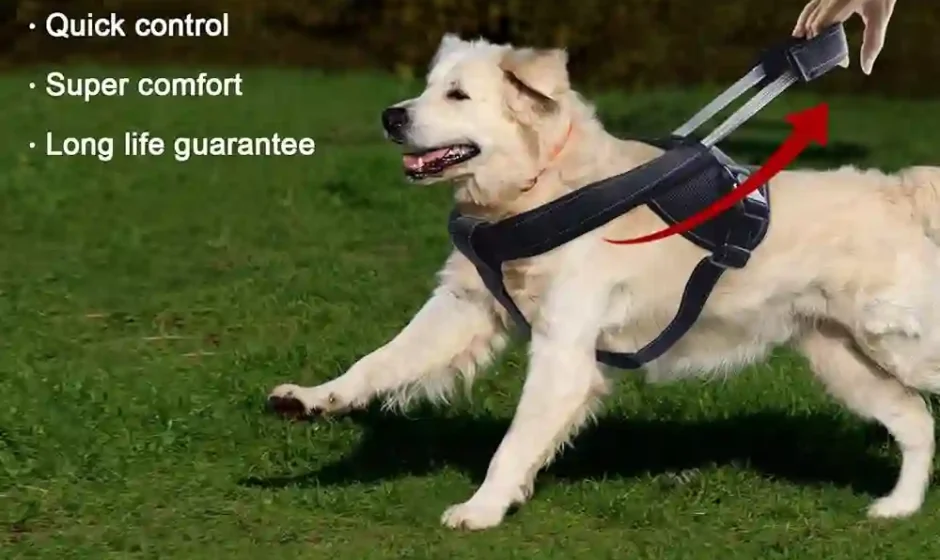The idea of dogs carrying babies or young children is both intriguing and controversial. While images of dogs with baby harnesses may evoke a sense of charm and novelty, it is crucial to approach this concept with a deep understanding of safety, practicality, and animal welfare. This article aims to explore the feasibility, safety measures, ethical considerations, and alternatives to using dogs as a means of transporting young children.
The Concept of Dogs as Carriers
Historically, dogs have been employed in various functional roles, from sled pulling in Arctic regions to aiding hunters and farmers. The idea of using dogs to carry or transport babies or young children, however, raises several significant concerns. It is essential to distinguish between what might be feasible in a controlled environment versus what is practical and safe in everyday situations.
Safety Concerns and Limitations
- Physical Strain on Dogs: Not all dogs are built to carry weight, especially not that of a child. The physical strain could lead to injuries or health issues in dogs.
- Unpredictability of Children and Dogs: Both young children and dogs can be unpredictable. A dog might react unexpectedly to a child’s movements or sounds, potentially leading to dangerous situations.
- Risk of Falls and Accidents: The risk of a child falling or being dropped is significantly high, considering the movement of a dog, even with a specially designed harness.
- Distraction and Discomfort for Dogs: Carrying a child could distract a dog from its surroundings, leading to accidents. Additionally, the task could cause significant discomfort or stress to the animal.
Ethical Considerations
Using dogs as baby carriers raises several ethical issues:
- Animal Welfare: The primary concern is whether such a practice is in the best interest of the dog’s welfare. Dogs should not be subjected to undue stress or tasks that are not aligned with their natural behavior and physical capabilities.
- Child Welfare: Children’s safety must be the top priority. Entrusting a dog, regardless of its training and temperament, with the safety of a child is risky.
- Training and Consent: Training a dog for such a task might involve methods that are not in line with positive reinforcement training. Moreover, dogs cannot consent to such roles, raising ethical questions about their use in this manner.
Alternatives to Dog Carrying Harnesses
Given the risks involved, seeking alternatives is advisable:
- Strollers and Baby Carriers: These are designed specifically for carrying babies and young children, ensuring safety, comfort, and convenience.
- Dog-Assisted Mobility Aids: For older children, especially those with mobility issues, dogs can be trained as mobility assistance animals. However, this role is about providing balance and support, not carrying the child.
- Educational Interaction: Instead of carrying children, dogs can play a role in their lives through structured, supervised interaction that benefits both the child and the dog.
Guidelines for Safe Interaction Between Dogs and Young Children
While dogs should not be used as carriers for babies or young children, they can still play a significant role in their lives. Here are some guidelines for safe interactions:
- Supervision: Always supervise any interaction between a dog and a child, regardless of the dog’s temperament or the child’s age.
- Teaching Boundaries: Educate children on how to interact with dogs respectfully, including not pulling on their fur, ears, or tail.
- Recognizing Signs of Stress in Dogs: Teach children and parents to recognize signs of stress in dogs to prevent any potential harm.
- Safe Spaces: Provide dogs with a safe space where they can retreat if they feel overwhelmed by the presence or actions of a child.
Conclusion
The concept of using dogs to carry babies and young children in harnesses is fraught with safety, ethical, and practical concerns. While the image might seem endearing, the reality poses significant risks to both the child and the dog. It is paramount to prioritize the safety and well-being of both parties.
Instead, the focus should be on fostering positive, safe, and respectful relationships between children and dogs. Such interactions can be incredibly beneficial, teaching children empathy, responsibility, and the joy of having a canine companion. The key lies in education, supervision, and an understanding of the limitations and needs of both children and dogs. Safety, above all, should be the guiding principle in any interaction between young children and dogs.


